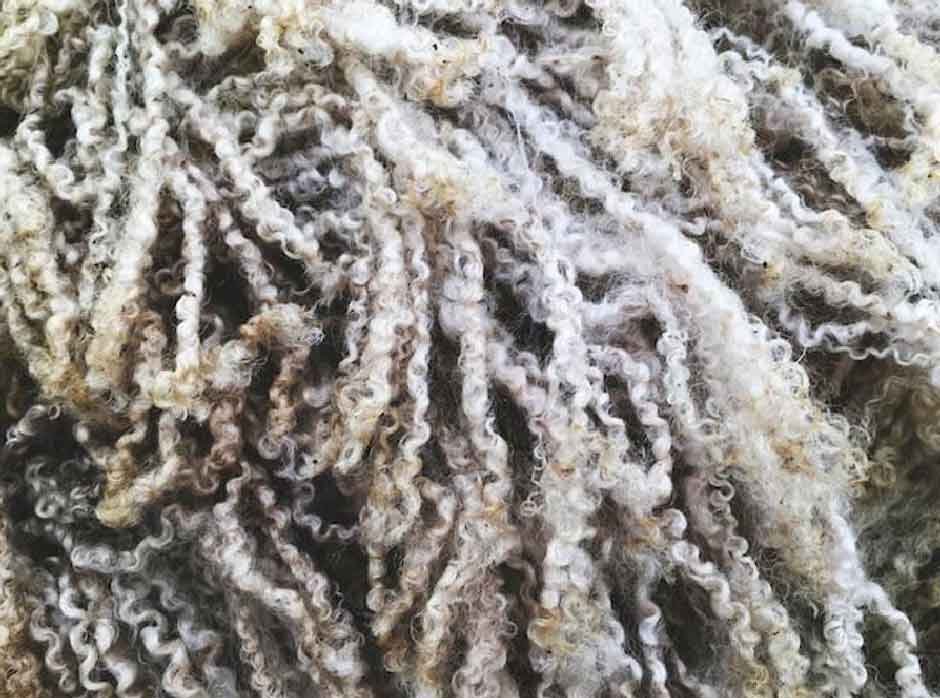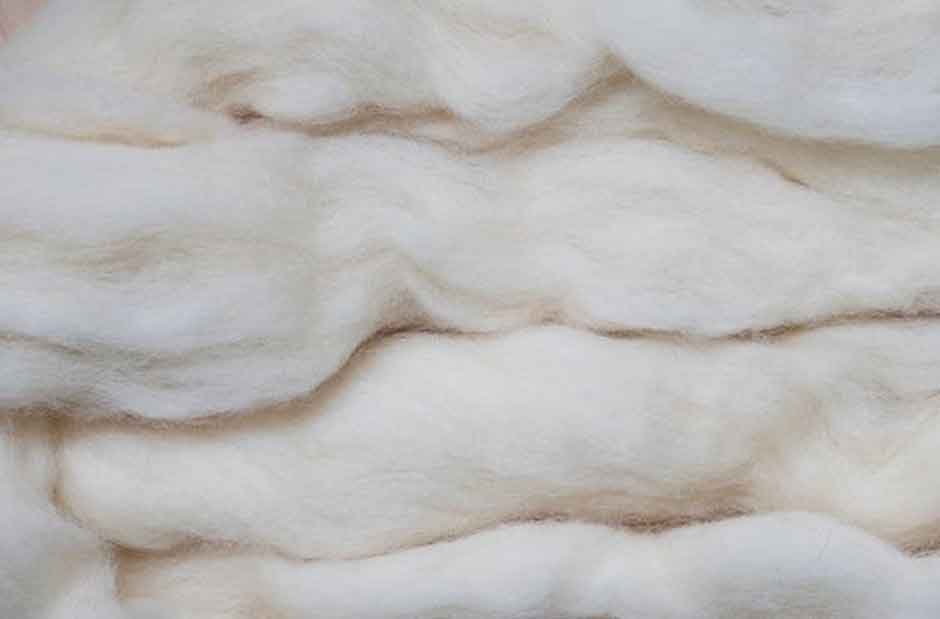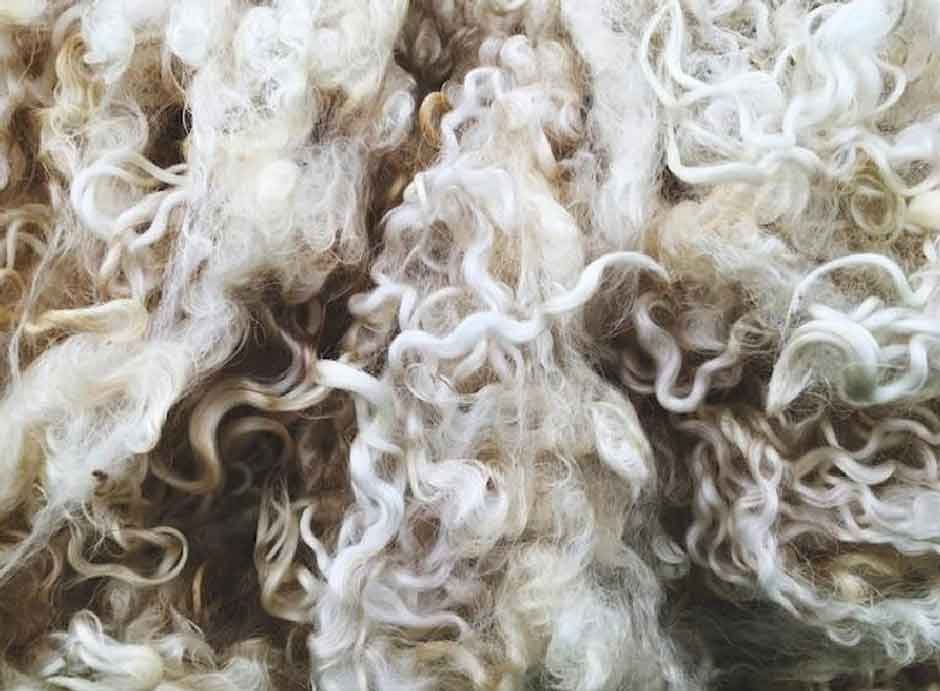Skip to the good bit
ToggleWool is greatly sought after because it is strong, warm, and versatile and is an essential fabric found in clothing, blankets, and outdoor gear. All wool, however, is not created equal.
Traditional wool, while durable and insulating, can sometimes feel coarse or itchy. On the other hand, merino wool is one of the best and most sought-after. With its incredible softness, breathability, and temperature-regulating properties, merino wool is better than regular wool in numerous ways.
Regardless of whether you want to purchase winter apparel, outdoor gear, or cozy household linens, understanding the difference between merino wool and ordinary wool will help you make a better decision.
In this article, you will learn what sets merino wool apart, from its unique fiber properties to performance features and practical applications.
What is Merino Wool?
Ideally, merino wool comes from merino sheep, originally indigenous to Spain but now primarily bred in New Zealand, South Africa, and Australia. These sheep are bred specifically to produce fine, soft, high-quality fibers much smaller than the average wool.
In addition, the difference in the thickness of the fibers is why the wool will look and perform differently. Ordinary wool fibers are thick and scratchy, irritating to the skin.
However, merino wool is fine and silky, fine enough to be placed next to your skin—itch-free.
Because of its exceptional qualities, merino wool is now a favorite for outdoor wear, base layers, and performance wear.
So, if you’re looking for long-lasting, breathable, high-performance clothing, merino wool offers a revolutionizing substitute.
Features of Merino Wool That Makes It Unique
1. Unmatched Comfort and Softness
One of the biggest differences between merino wool and regular wool is the softness of the fibers. Regular wool is scratchy and rough to the skin because it consists of thicker fibers, and these have a higher micron count (the measurement in diameter of the fibers).
Regular wool fibers measure 30 microns or more in diameter and are consequently rougher to the touch.
Merino wool, on the other hand, has a much finer fiber diameter, usually 15 to 24 microns. This is extremely soft and skin-friendly, reducing irritation and itch. As a result, merino wool is usually used in garments in contact with the skin, such as socks, thermal undergarments, and light sweaters.

2. Enhanced Temperature Control
In addition, merino wool is renowned for its ability to regulate body temperature, which regular wool cannot.
While both will be warm, merino wool adapts to your body. It will insulate when it is cold while wicking sweat off your body when it is hot.
Furthermore, the natural crimp in merino wool captures air while providing insulation with no bulk or weight added.
Specifically, its insulating properties make it ideal for winter garments and transitional seasons like spring and fall.
You will be kept warm, yet not hot—ideal for outdoor application or fluctuating indoor temperatures.
3. Moisture-Wicking and Quick Drying
Merino wool is highly breathable and, as such, a great activewear and layering choice. In contrast to regular wool, which is heavy and tends to trap heat, merino wool possesses natural temperature control by allowing air to pass through and moisture to evaporate.
One of the best features of merino wool is its ability to wick. The fibers can absorb 30% of their own weight in moisture without becoming wet, keeping the wearer dry even under sweaty or wet conditions. This is particularly ideal for athletes, hikers, and outdoor users who need clothing to keep them comfortable during physical activities.

4. Natural Odor Resistance
Merino wool is naturally antibacterial, and odors will not build up even if it is worn over an extended period. The fiber construction keeps bacteria responsible for causing odors from growing, and therefore, merino wool is most suitable to wear over several days, during traveling, and during outdoor activities.
Regular wool is less resistant to smells and will absorb more odors and must be washed more. This quality of being resistant to smells makes merino wool especially desired by users in outdoor activities, especially in hiking socks, baselayers, and performance clothing where multiple wearings are standard.
5. Light yet Strong Performance
Lastly, merino wool is lightweight but extremely strong. It is elastic, so it will stretch with your movement yet retain its shape long-term.
This makes it perfect for active lifestyles. Whether skiing, trail running, or layering up for a hunting trip, merino wool will never hinder or break down performance over time.
In addition, excellent-quality merino clothing is pilling—and wear-resistant, which will provide long-lasting investments for your wardrobe.
Moreover, the UV resistance of the fabric adds a layer of protection when you’re outside, giving you added functionality beyond the ability to keep you warm.
So, you have versatile gear that operates in any environment without sacrificing comfort or durability.

Wrapping Up
Not all wool is created equal—and merino wool is the ultimate proof.
From unmatched temperature control to softness to odor resistance, moisture control, and light strength, merino wool outdoes regular wool in just about every category.
Whether trail-hiking, facing the chill, or in need of comfort throughout the day, merino wool is the smart choice.
With premium products more readily available, refreshing your gear or clothing is easier than ever.
So, if you’re searching for a fabric that suits your lifestyle, feels great to wear next to the skin, and lasts in the long term, merino wool delivers in each respect.







